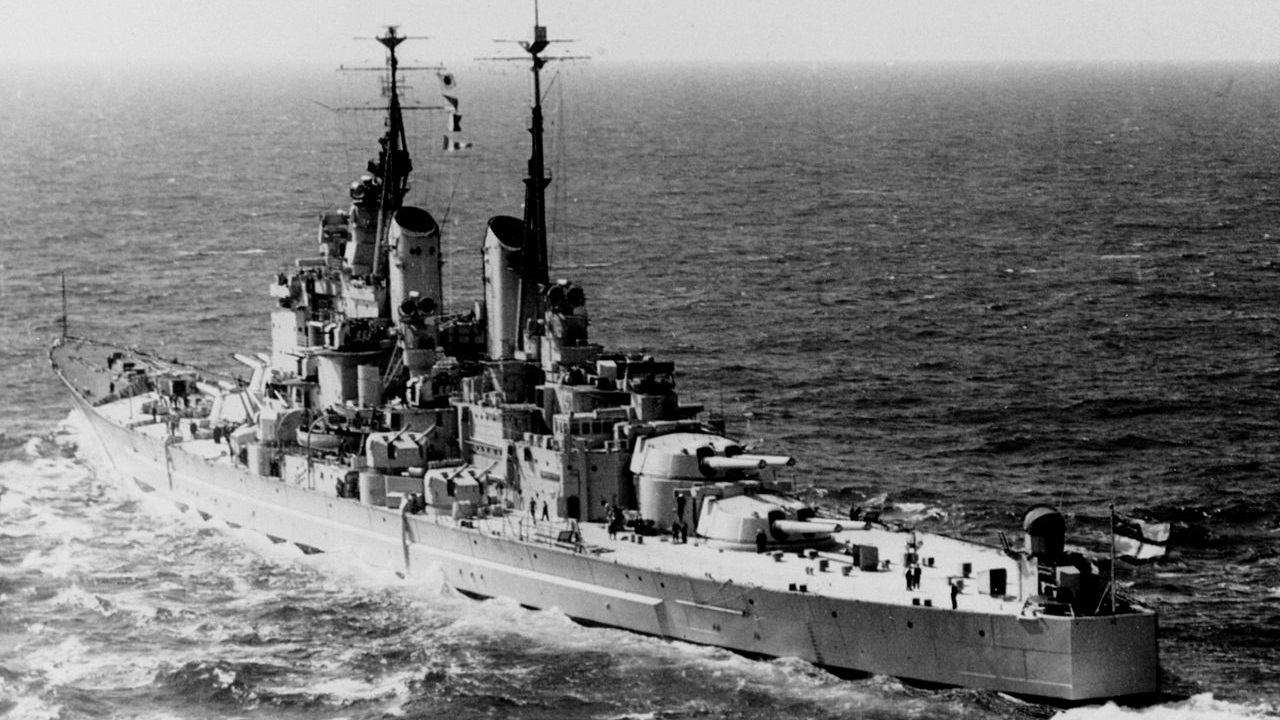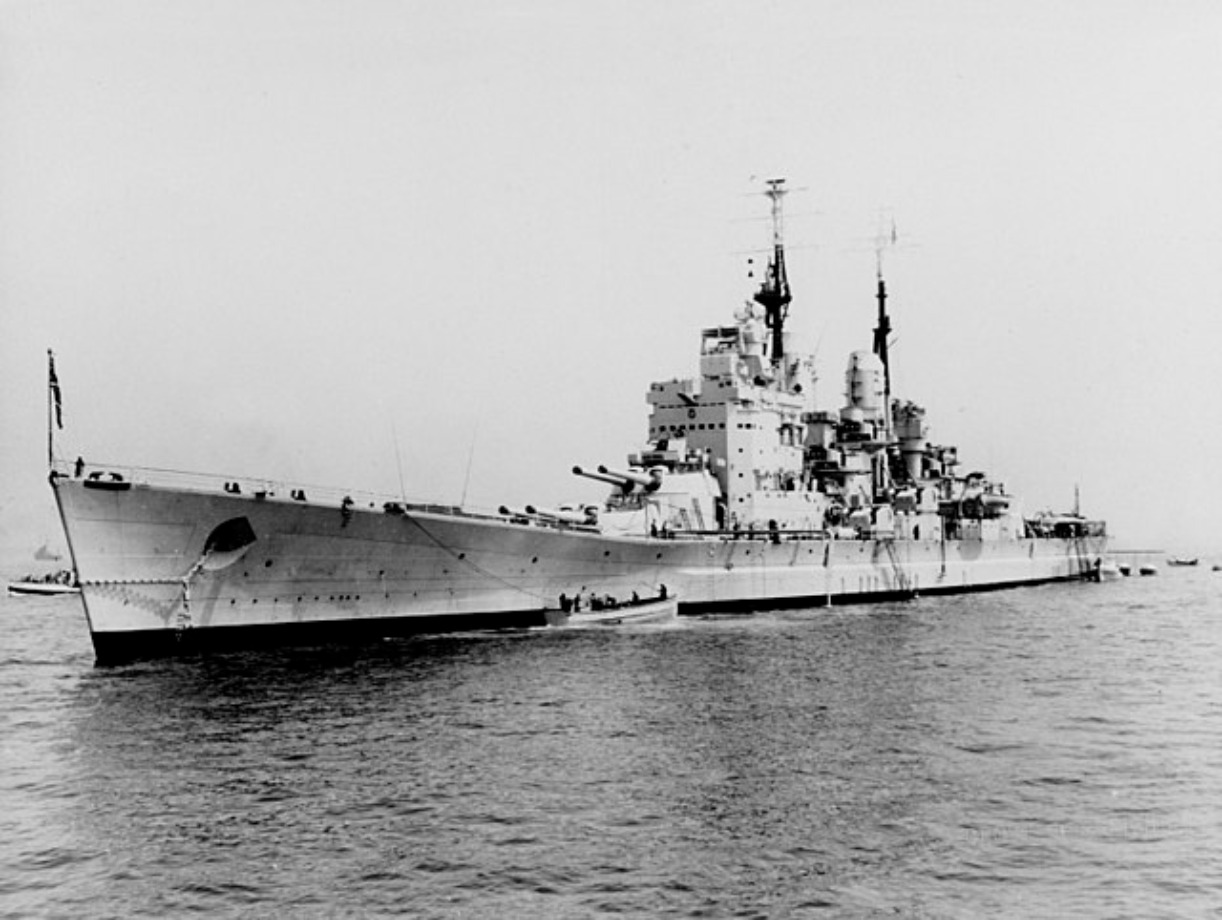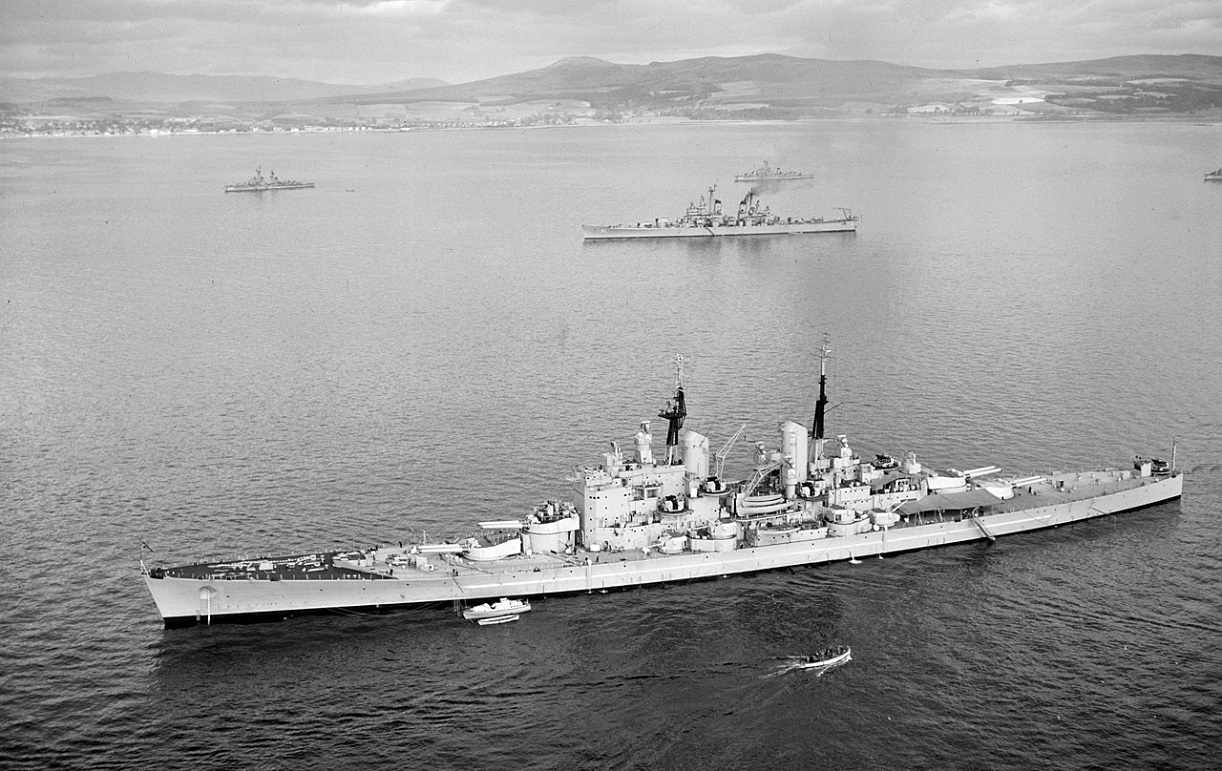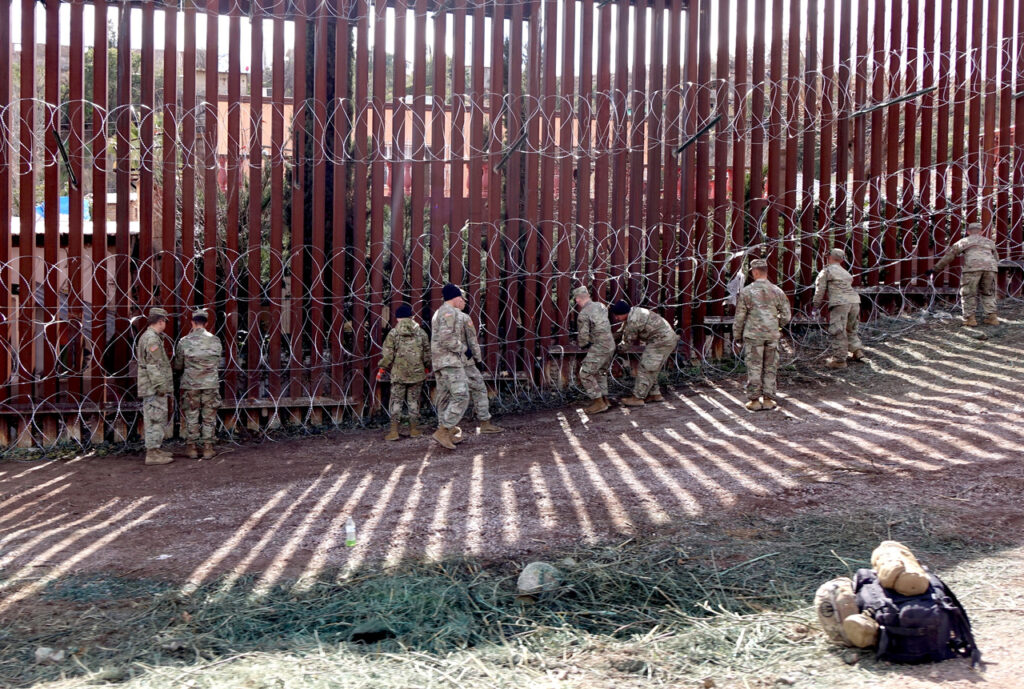
HMS Vanguard: The Royal Navy Battleship That Was Obsolete Before She Sailed
What You Need to Know: HMS Vanguard, Britain’s last battleship, was laid down in 1941 amid shifting naval tactics favoring aircraft carriers over traditional battleships. Despite being completed in 1946, post-WWII, Vanguard combined classic design with modern anti-aircraft features and boasted eight 15-inch guns and a top speed of 30 knots.

-Primarily serving as a flagship and royal yacht, Vanguard missed its intended conflict and never saw combat.
-Decommissioned in 1960, this “ship out of time” symbolizes the twilight of battleships—a powerful vessel rendered obsolete by the swift evolution of naval warfare.
The HMS Vanguard Battleship was a Ship Out of Time
When the British Royal Navy battleship HMS Vanguard was laid down in 1941, battleships were already on the wane. Aircraft carriers had proven their worth in repeated engagements. Battleships, of course, still had their uses but nothing like what carriers could do. Despite the belief among all combatants’ navies that carriers, not battleships, were the future of naval surface warfare, London opted to continue investing in the Vanguard’s construction because the Royal Navy desperately needed reinforcements on the High Seas.
So, the Vanguard combined traditional battleship design with some truly unique, modern features. Yet, the Vanguard was nevertheless a scaled-down version of what the British naval planners had originally envisaged when they first drew up plans for the steel beast. Because of the rapid changes that the realities of naval warfare had foisted upon the Royal Navy’s ship designers, many had taken to calling the Vanguard “the dinosaur,” because she was an outmoded concept meant to fight a bygone conflict.
The Specs
Possessing eight, fifteen-inch guns in four twin turrets, the Vanguard sported improved fire control systems. Her secondary armaments were sixteen 5.25-inch dual-purpose guns, capable of anti-aircraft fire as well as firing at surface targets, in other words, naval planners incorporated the new threat of aircraft to battleships that before the war began few had considered.
This battleship was capable of achieving a speed of up to thirty knots, making it one of the fastest battleships of her era.

Ultimately, HMS Vanguard was commissioned in 1946, a year after WWII had ended. What makes the Vanguard so memorable for the British is the fact that she was the last official battleship the Royal Navy ever produced. Indeed, she is considered one of the last battleships ever built by any navy in history.
A Peace Ship Rather Than a Battleship?
Because she missed her intended conflict, having already been pared down as a result of the rise of aircraft carriers, Vanguard’s operational career was relatively brief and peaceful, not how her designers planned for her to be used.
Her primary roles were as a flagship, a training ship, and even a royal yacht. The HMS Vanguard served as King George VI’s yacht during his 1947 tour to South Africa. Relatedly, a year thereafter, Vanguard represented Great Britain in the Spithead Review for the Royal Family’s coronation ceremony.

At the Spithead Review, HMS Vanguard was presented as one of the ninety-nine ships present that was the last of her kind.
A Ship Out of Time
Just fourteen years after she was commissioned, in 1960, Vanguard was decommissioned, ending her time as one of the last battleships ever. Some observers have described this boat as a “ship out of time.” Built after the age of battleships had come and gone, to fight a war that was no longer being fought, unable to fully live up to her expectations in the post-WWII era, the Vanguard’s existence was sad.
Finally put out of her misery, it’s hard not to ruminate about what might have been.
About the Author:
Brandon J. Weichert, a National Interest national security analyst, is a former Congressional staffer and geopolitical analyst who is a contributor at The Washington Times, the Asia Times, and The-Pipeline. He is the author of Winning Space: How America Remains a Superpower, Biohacked: China’s Race to Control Life, and The Shadow War: Iran’s Quest for Supremacy. His next book, A Disaster of Our Own Making: How the West Lost Ukraine, is available for purchase wherever books are sold. Weichert can be followed via Twitter @WeTheBrandon.
Image Credit: Creative Commons and/or Shutterstock.


